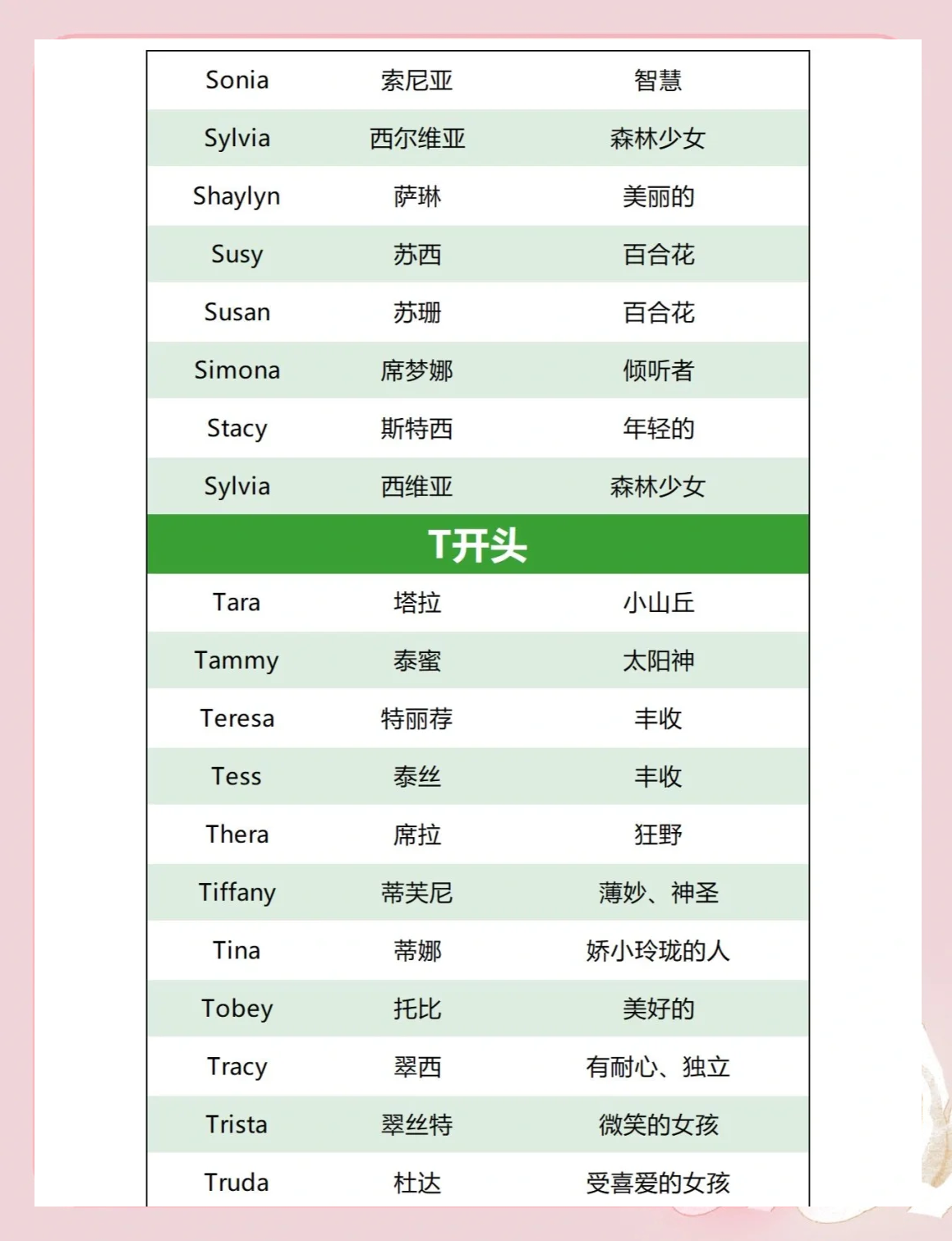First of all, sorry that this post has been delayed so much! Last year I was able to write up my ASCO post with almost no delaybut unfortunately this year my personal medical situation intruded (a little thing called trying to save my life with the June 1st Y90-SIRT)! So here it finally is, delayed by about a month!
What do I think was the biggest MSS colorectal cancer presentation and clinical trial at ASCO 2017?
OK get ready for this. It is a mouthful. And scientists & clinicians wonder why patients are intimidated and confused by the clinical trial world???? This is the winner:Abstract #3002. OK that was the easy part. Now, the hard part – here is the title: “Phase Ia and Ib studies of the novel carcinoembryonic antigen (CEA) T-cell bispecific (CEA CD3 TCB) antibody as a single agent and in combination with atezolizumab: Preliminary efficacy and safety in patients with metastatic colorectal cancer (mCRC)”. I warned you it was intimidating! If I were to print this post out I think that talk title hyperlink would use up my blue ink! Like I said, it is no wonder the average patient has trouble figuring out scientific breakthroughs when scientists use language like that in their abstract titles!
But I’m here to help
First of all what did the study show?
The study gave the preliminary results of a Phase 1 clinical trial of a novel new immunotherapy enrolling MSS Colorectal cancer patients called “RO6958688” aka “CEA CD3 TCB” & “RG7802” (how many names does one experimental therapy need??). RO6958688 was tested in patients by itself (i.e. as a “monotherapy”) as well as in combination with the PDL1 inhibitor (a type of “checkpoint inhibitor“) called “atezolizumab”. It is a moderately large Phase 1 trial that as of the data cut-off for ASCO had been tested in 118 patients (96 of which were MSS-CRC patients). The trial is: NCT02650713.
In the monotherapy arm of the trial at doses >60 mg, 16% of patients (and in the combination arm of the trial at doses >60 mg, 70% of patients) saw tumor size reduction of at least 10%. My personal feeling is that the important goal of trials should be (at least) stable disease, so using that criteria, 45% of patients in the monotherapy arm and 82% of patients in the combination arm of the trial showed at least “stable disease”. Almost all of the tested patients at these dose levels had MSS-CRC.
This is a previously unheard of level of response to an immunotherapy in MSS-CRC patients!
As has been well publicized, MSS-CRC is resistant towards immunotherapies, although I think too many people throw that phrase around, over simplifying & equating “immunotherapy” with “PD(L)1 inhibitors”. But it is true, MSS-CRC tumors are intrinsically immunosuppressed in the vast majority of patients, so what was the drug design trick they used to gain such a high response rate with RO6958688? Brute force.
How does RO6958688 work?
RO6958688 is something called a “bispecific antibody”. Get used to that term because they are some of the biggest potential breakthroughs coming out of preclinical labs and entering clinical trial assessment right now!
Therapeutic antibodies have been used for years now as drugs. Within the CRC world, one example is cetuximab (Erbitux)which is a therapeutic antibody which targets the EGFR receptor. As you can guess from the name “Bispecific”, the new generation of antibodies such as RO6958688 target not one protein (like the cetuximab/EGFR example) but instead they target two separate proteins simultaneously. Although this is a simplification, you can think of RO6958688 as a chain with two ends, each targeting a different protein.
Specifically, RO6958688 targets “CEA (Carcinoembryonic antigen)” on one end and on the other end “CD3” (a protein on immune T-cells). About 90% of CRC tumors express the CEA protein on their surface. So the drug binds to the CRC cancer cell surface on one end (via CEA) and binds to an immune cell on the other end (via CD3)… this physically yanks the immune cell by brute force into close proximity to the CRC cancer cell and it then attacks! It is like a ship dragging immune cells, forcing them up river against an immunosuppressive current trying to keep them out of the tumor. This brute force technique can overcome many of the tricks that MSS-CRC tumors use to evade the immune system.
“CEA” is very well known to CRC patients because it is the protein in blood that is used as a blood test to track the course of disease in many patients. When patients first hear that RO6958688 targets CEA, they often ask two very logical questions: 1.) Doesn’t the CEA in the blood confuse the drug as an unintended target? 2.) Many CRC patients have low CEA measurements in their blood tests, can RO6958688 work in those patients? The answers are: 1.) The design of the CEA-targeting moiety of RO6958688 is very savvy – it specifically targets a form of CEA that is bound to a cell surface, not CEA free-floating in the bloodand 2.) There is not a direct correlation between the amount of CEA expressed by a patient’s tumors and CEA in that patient’s bloodstream – so yes, the drug should be able to work even if a patient has low blood CEA levels.Oftentimes a tumor expresses a lot of CEA – it just isn’t released into the blood allowing it to be measured by the standard CEA blood test!

One concern I had when this experimental therapy & clinical trial was first announced was what its safety profile would be. CD3 T-Cells are very powerful and although tumors express CEA at higher levels than normal tissues, normal tissues doexpress some CEA as well, potentially setting up major toxicity. In terms of toxicity profile, RO6958688 has shown a better toxicity profile than I had feared may happen but… for a number of reasons still currently under investigation, it has shown a tight safety window and there has been at least one death on the trial while they continue to figure out the proper dosing and dosing protocols. As of right now, it appears that there may indeed be a safe dose/dosing path forward but this continues to be an issue that they are working out and thus this should be known by patients.
Sometimes people mistakenly believe that immunotherapies are safer or less toxic than traditional chemotherapy. This is not automatically the case! The immune system is very powerfuland unleashing it can have toxic consequences if not done properly – but that is precisely what Phase 1 clinical trials are meant to figure out! The fundamental role of Phase 1 clinical trials is to determine a dose level and dosing protocol with an adequate safety profile to move into Phase 2 clinical trial testing.

So that is where things stand in terms of what I think is the most exciting current clinical trial results for MSS-CRC released so far in 2017, at ASCO or otherwise. RO6958688, especially when combined with a PD(L)1 inhibitor, is an exciting new experimental therapy! Clinical investigators are still continuing the Phase 1 trial to further define the best way to dose RO6958688, maximizing efficacy balanced by safety. They are now spreading to additional trial sites nationwide (Trial: NCT02650713).An additional piece of data that still needs to be defined is how durable the efficacy is in patients – i.e. how long does it work? Can tumors evolve around the CEA binding like they can evolve against targeted therapies? This remains to be defined.
There will be additional tricks found to get around the immunosuppressed nature of MSS-CRC tumors but the bispecific antibody strategy of RO6958688 appears to be one successful trick to add to the MSS-CRC immunotherapy tool box – and for that reason, in my opinion it is thebest MSS colorectal cancer talk and clinical trial at ASCO 2017. Watch this therapy closely as they continue to define its clinical profile!
Progress continues to be made in the immunotherapy attack on MSS colorectal cancer – stay tuned!









